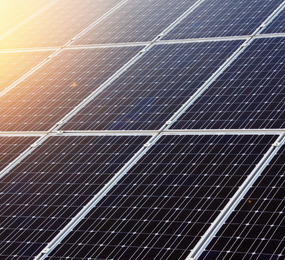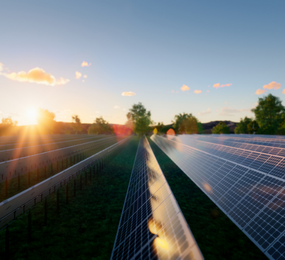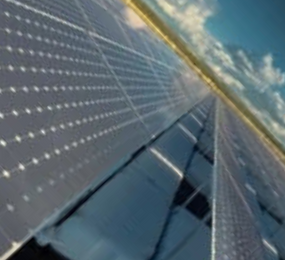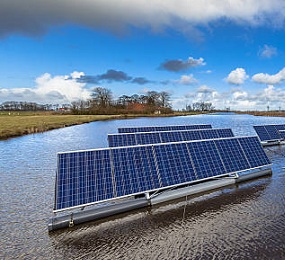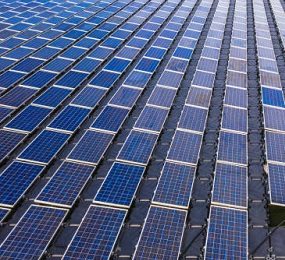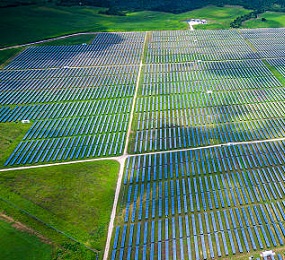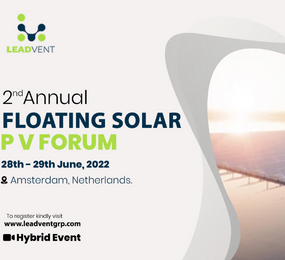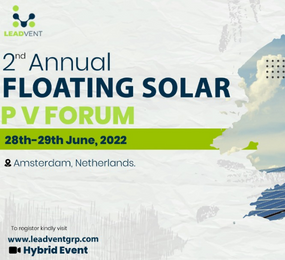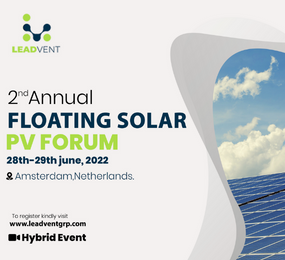Overview
To unlock new sources of financing floating solar projects, then bankability is key. The bankability of a project attracts or minimizes its financiers or investors.
As the FPV applications continue to increase and expand in its production capacity, there is a need for external funding or financing. However, in such cases, the project management is obligated to provide the lenders with the project risks involved as well as suitable measures or steps taken towards its elimination.
Floating Solar Mooring Systems
Floating solar does not work on a vacuum, the floating platform is held in place by an anchoring and mooring system. Thus, the mooring system design depends on factors such as wind load, float type, water depth, and variability in the water level to ensure its firmness. While the floating platform can generally be anchored to a bank, to the bottom (foundation), to piles, hence, the ponds whether shallow or deep are used for installation. The developer selects a design that is suitable to the floating base location, paying attention to the bathymetry (water profile and depth), soil conditions, and variation in water level.
Instructively, the installation is expected to be firm and stay up to 25years, regarding the environmental forces. Bank anchoring is particularly suitable for small and shallow ponds, but most floating installations are anchored to the bottom. Regardless of the method, the anchor needs to be designed so as to keep the
installation in place for 25 years or more.
Be that as it may, To improve the reliability of floating solar moorings, mooring lines must be properly selected to accommodate ambient stresses and variations in water level.
Bankability of Floating PV Mooring Systems
Due to the large number of mooring lines and anchors used in construction of floating solar arrays, mooring system cost-optimization is very much needed including in the installation and maintenance aspects. Currently, the number of mooring lines needed to run an FPV project depends on a simple distribution of the total design horizontal load according to the strength of the mooring-float interface. Notably, hydrodynamic simulations and modelling hasn't been applied in mooring design optimization.
The cost of maintaining and operating a mooring system while considering reliability is very high. Hence, the need for a better developed option that will help reduce the robustness of the current typical mooring system used in anchoring large floating PV arrays and in more challenging environments. Although elastic mooring system application has been developed and introduced in several FPV projects with the aim of mitigating extreme water level fluctuations or anticipated high peak load which is related to the conventional mooring system, there's a foreseen need for cost-effective tools and techniques for upcoming large-scale floating PV installations even in the nearshore regions.
Generally, to handle a Floating Solar PV project, A suitable technical specification is applied not just by meeting the international set codes and standards but by also putting in consideration the local environmental conditions as they have the ability to create an impact on the entire system. In addition, it is of critical importance for any FPV project, especially the large ones, to undergo evaluation tests on the design pertaining to its resistance and durability capabilities which will aid in extending its lifespan beyond the stated 25 years and their material tensile strength.


